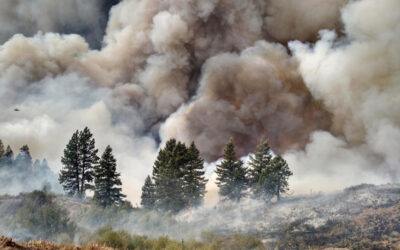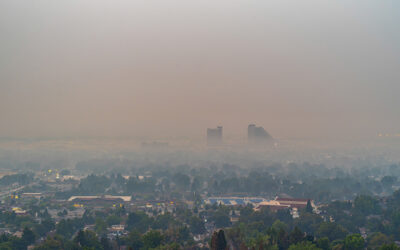In a study published in Frontiers in Genetics, Healthy Nevada Project scientists looked at the impact that notifying a patient of a positive finding for a CDC Tier 1 condition had on the care that the patient received in the months and years that followed.
Wildfire Smoke Exposure Linked to Increased Risk of Contracting COVID-19
Wildfire smoke may greatly increase susceptibility to SARS-CoV-2, the virus that causes COVID-19, according to new research from the Center for Genomic Medicine at the Desert Research Institute (DRI), Washoe County Health District (WCHD), and Renown Health (Renown) in Reno, Nev.
Wildfire smoke more dangerous than other air pollutants for asthma patients
For people who suffer from asthma, wildfire smoke is more hazardous than other types of air pollution, according to a new study from DRI.


